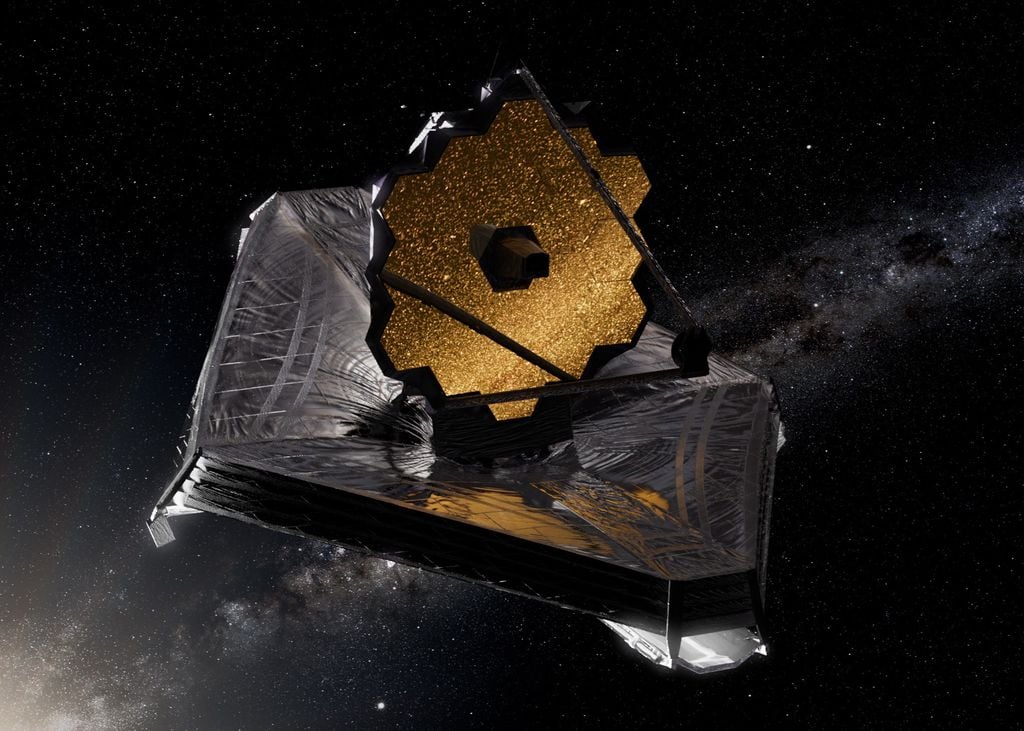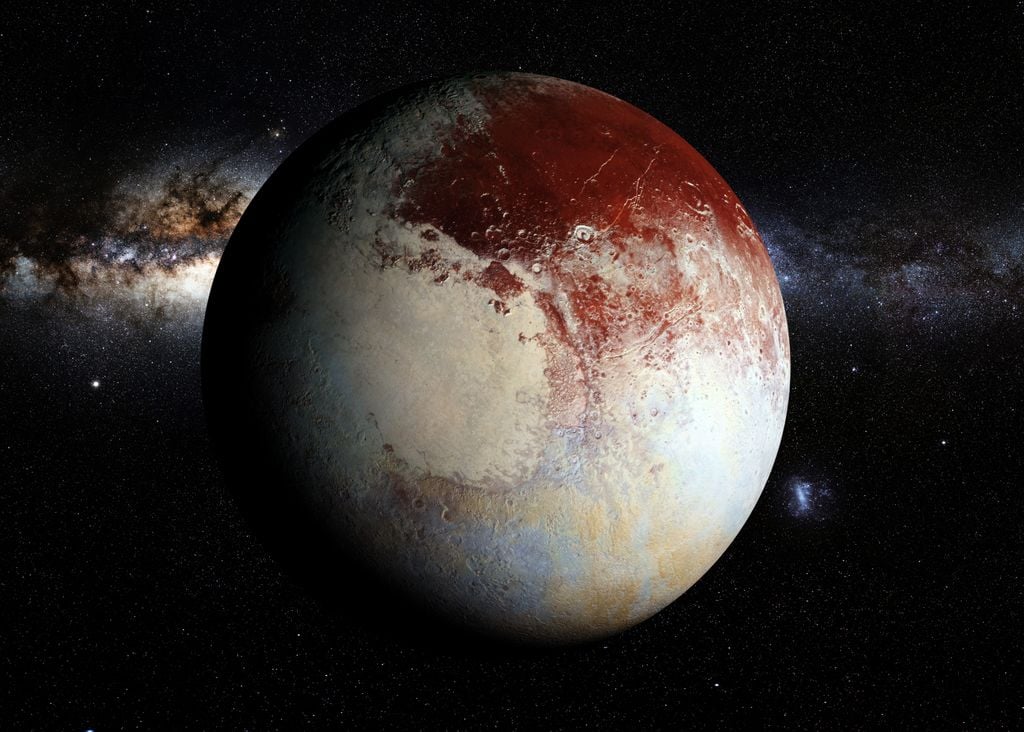
A new discovery offers a deeper overview of Pluto’s icy climate. Based on data from the James Webb space telescope (JWST), Scientists have identified a long -standing theorized mist, which shapes the atmosphere of the dwarf planet. This discovery highlights the way in which even fine and distant atmospheres can exert an amazing influence.
A climate engine hidden in Pluto’s sky
The James Webb space telescope (JWST) has revealed convincing evidence showing that the high atmosphere of Pluto is covered with a thin layer of mist, which cools the dwarf planet much more than we thought. This tenuous veil, made up of solid particles of aerosols, had long been suspected, but had never been detected until the advanced infrared images of the JWST confirm its presence.
Directed by the planetologist Tanguy Bertrand of the Paris Observatory, the international team used the average infrared instrument (MIRI) of the JWST To distinguish thermal emissions from Pluto and its greatest moon, Charon. These programs allowed researchers to identify the signing of this elusive mist, thus confirming the predictions formulated almost ten years earlier by Xi Zhang, of the University of California in Santa Cruz.
The blue haze around Pluto, captured by the New Horizons spacecraft. pic.twitter.com/E3eC9xXAqp
— Black Hole (@konstructivizm) June 18, 2025
The mist determines Pluto’s energy balance. Although it absorbs solar radiation to energize the leaked gases, it also emits infrared radiation which cools the surrounding atmosphere. This fragile balance influences the behavior of the fine layers of methane and nitrogen from Pluto over his seasons.
An atmosphere that escapes in space
Mission data New Horizons NASA revealed that Pluto’s atmosphere lets the methane escape into space at a speed of almost 1.4 kg per second. About 2.5 % of this methane reached Charon, which now presents red spots at its poles due to captured organic matter. This planetary transfer is unique in our solar system.
Until now, the mechanism at the origin of this leak remained mysterious. Zhang had proposed that the extreme ultraviolet light of the distant sun, absorbed by the mist in high altitude, could heat the particles enough to allow them to escape the low gravitational attraction of Pluto. The new JWST discoveries confirm this theory, showing that the mist contributes both to the loss of atmospheric gas and the regulation of the temperature.

The researchers describe the mist as composed of organic particles similar to those of Titan, hydrocarbon ice cream and nitrogen compounds. These materials do not only influence Pluto temperature, but could also affect atmospheric circulation and seasonal variations, since Pluto’s orbit distances it and brings it closer to the sun.
A look at the primitive earth and the distant worlds
Understanding Pluto’s mist could help scientists unravel much more than the secrets of the dwarf planet. Similar mists appear on Titan, the Moon of Saturn, and probably existed in the primitive atmosphere of the earth, before oxygen becomes dominant. Thus, studying Pluto could offer researchers an overview of the chemical conditions of the ancient land.
While Bertrand’s team continues to model the behavior of the mist over the seasons of Pluto, She hopes to better understand how these high altitude particles influence the climate. The fact that cooling or warming predominates depends on the diameter, the composition and even the shape of the particles – as many variables still under study.
Published in Nature Astronomy June 2, The study reveals how an apparently tenuous and distant mist can influence the climate of an entire planet. Even in the most remote borders of the solar system, tiny particles can have a considerable impact.
References of the article:
– Cooper, K. “Pluto’s hazy skies are making the dwarf planet even colder, James Webb Space Telescope finds”
– Bertrand, T., Lellouch, E., Holler, B. et al. Evidence of haze control of Pluto’s atmospheric heat balance from JWST/MIRI thermal light curves. Nat Astron (2025).
